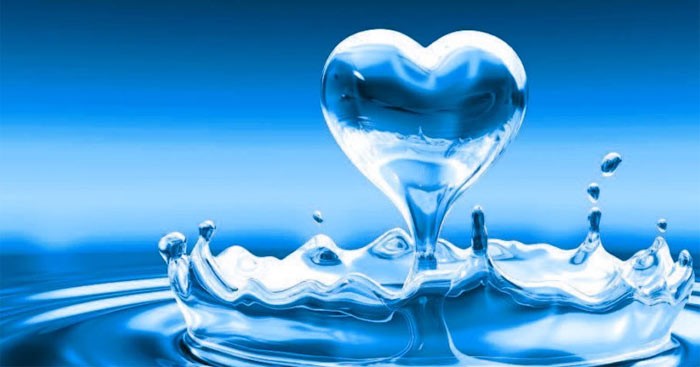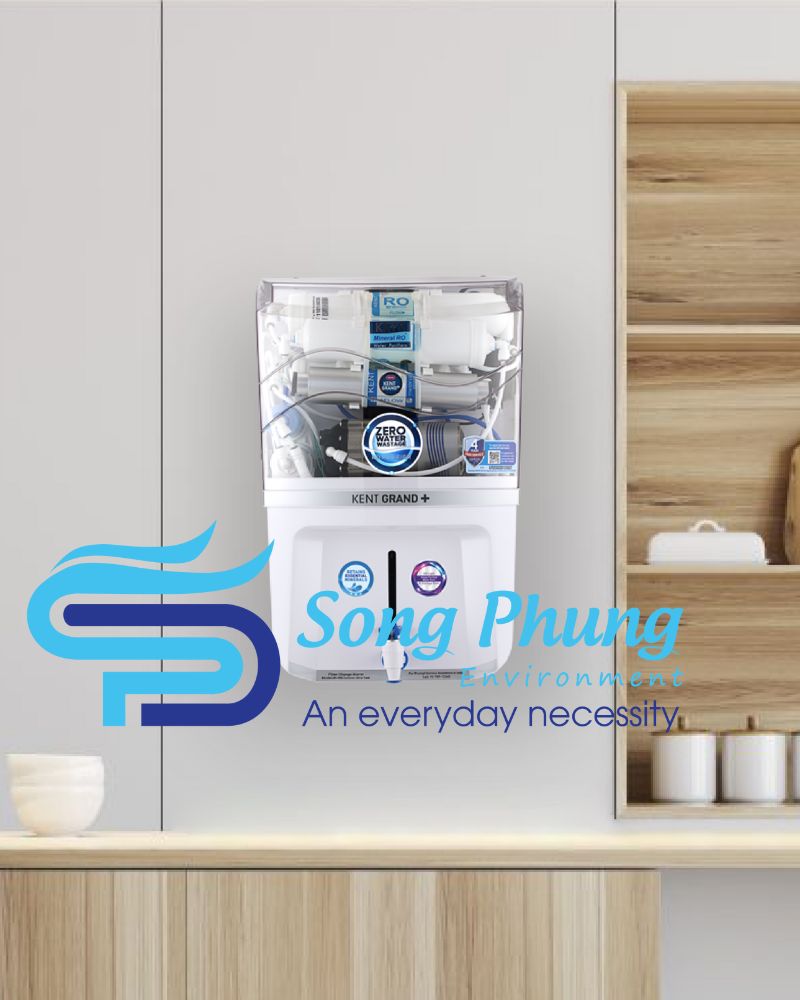What equipment is suitable for desalination?
Desalination is a commonly used method to turn saltwater into freshwater, meeting the needs of both household and industrial use.

Scarcity of water and alternative
Nearly 70% of the earth’s surface is covered with water, yet only 2.5% of this water is freshwater. The majority of this 2.5% is in the form of frozen glaciers or is found in places that are uninhabitable. At present, when freshwater resources hardly meet human consumption needs, the free use of this freshwater source for industrial purposes is impossible or not advisable. So replace it with what?
What is seawater desalination?
Sea water is very abundant. However, it is not suitable for use and must be treated prior to use or for commercial and industrial purposes.
Technically, the removal of salty substances (salts and minerals) from water is known as desalination. The brine is desalted to be suitable for everyday use.
Desalination was first used on ocean-going ships. The first land-based desalination plant was installed in the Netherlands in 1928. After that, the Gulf states quickly adopted this technology to meet the water requirements in the region. In 1930, the first multi-effects distillery was built in Saudi Arabia. Millions of dollars have been spent on this ambitious project. What really marks the beginning of a new era, however, is membrane desalination technology. The first commercial reverse osmosis (RO) desalination plant was installed in California in 1965.

Which country uses desalination the most?
Desalination has been used extensively in the Gulf, where freshwater is scarce and seawater is abundant. Especially in the Middle East, oil resources can make up the water shortage. Other countries, where populations are larger and freshwater resources are less, are also investing in desalination plants to meet the water needs of people and industries. Currently, desalination plants are operating in countries such as UAE, Saudi Arabia, Oman, Spain, Cyrus, Portugal, Greece, India, Italy, and more.
“Currently, about 1% of the world’s population depends on desalinated water for their daily needs, but the United Nations projects that 14% of the world’s population will experience water scarcity by 2025. .” -Source: Wikipedia
Challenges for desalination systems
- Large energy consumption resulting in high desalination costs is one of the major obstacles.
- Regular maintenance of desalination plants is required.
- Regularly replace the RO membrane that is clumped and clogged with contaminants such as oil, microorganisms and dead marine life.
- Dealing with brine generated from the reject line after desalination is another major challenge.
Why is it important to pre-treat seawater before desalination?
Removal of suspended solids, bacteria, SDI, color and turbidity:
When seawater is extracted for desalination, it carries with it a lot of organic waste, plastic waste, bacteria and silt. All of these must be removed prior to desalination. Seawater has all these impurities resulting in reduced RO membrane life, short uptime and high maintenance. Pre-filtration protects the RO membrane and keeps it working efficiently for a longer time.
Oil removal from seawater:
Marine pollution and its impact on marine life are increasing at an alarming rate. Pollution by hydrocarbons, oil spills, smog, etc. If this contaminated water enters the desalination plant directly, it will cause lumps and blockages, and hinder the efficiency of the desalination equipment..
Reducing the operating costs of desalination plants:
If the fouling of the membrane is significantly reduced, the operating costs will be greatly reduced. In addition, desalination plants are very expensive and just an investment in a pre-filtration device can effectively protect this equipment from damage and increase its lifespan.
Advantages of pre-treatment in reverse osmosis seawater desalination
- Extends the life of the desalination plant and related equipment.
- Reduce the burden of routine maintenance and cut down on maintenance costs.
- Increase the efficiency of the desalination plant through efficient pre-filtration.
Which RO water purifier is suitable for the family?
KENT purifiers system remove bacteria, viruses, chemicals and even impurities such as arsenic, rust, pesticides and fluoride for 100% pure water that meets drinking water standards IS: 10500. There is a UV LED light in the tank to keep the water pure and free of bacteria. High filtration capacity up to 11L/hour and 8L tank capacity ensure continuous water supply even without electricity.
Song Phung is one of the rare KENT agents in Vietnam, bringing the best products at extremely reasonable prices to consumers in Vietnam.
Order Now at:https://cleanwater.com.vn/san-pham/may-loc-nuoc-ro-kent-crystal-star
Follow Fanpage: https://www.facebook.com/SongPhungthietbinganhnuoc/to update new products.
Translator: Duong Nguyen Hoang Khang














